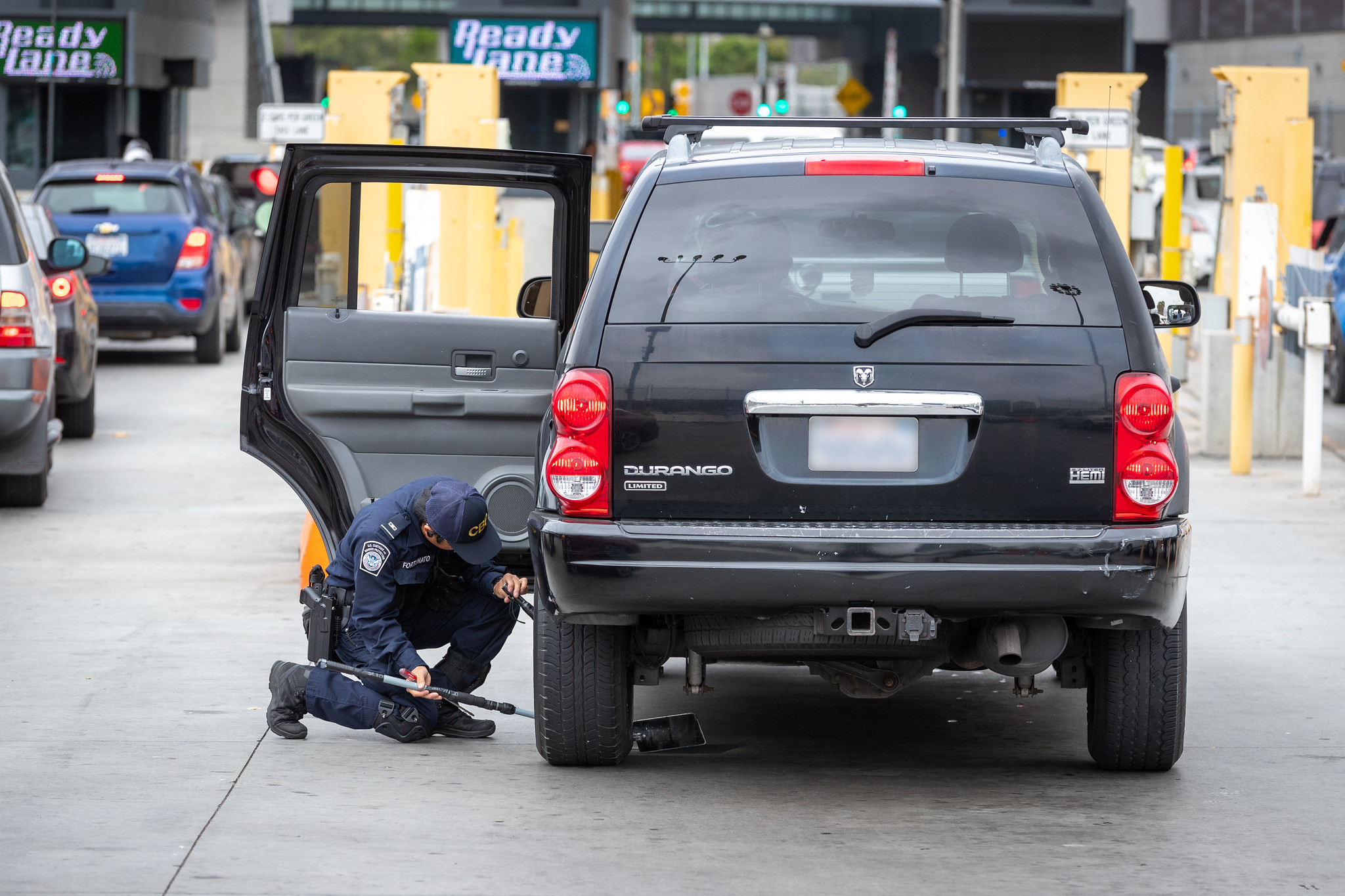Back when I was at the science desk at Newsweek, they used to bring in young reporters on $38,000 a year and the promise of monthly traffic bonuses that could double our salary. There was a leaderboard up on a TV in the middle of the newsroom so you could see who was winning.
Mostly this resulted in people crawling over each other for the assignments known to get the most clicks, such as “Which Supermarkets Are Open on Thanksgiving?” But the point wasn’t to incentivize healthy competition, or quality reporting. Hitching someone’s ability to pay rent to their ability to generate clicks incentivizes fast work over accurate work, but that was the culture at pretty much every digital media outlet I worked at pre-pandemic. What the traffic bonuses really incentivized was covering whatever would yield the clickiest headline, which often did not match the information in the actual story.
On August 1, Customs and Border Protection (CBP) announced the largest fentanyl seizure in agency history—an estimated 4 million pressed pills, totaling over 1,000 lbs in seized material altogether. The pills were found in early July during a vehicle inspection at the Port of Lukeville, a CBP border checkpoint in Arizona. The seizure was part of Operation Plaza Spike, which CBP launched in April in keeping with the Biden administration’s agenda of cracking down on fentanyl and synthetic drug supply chains.
Newsweek covered the seizure the same day, under a headline claiming that CBP had seized “Enough Fentanyl to Kill 250 Million People.”
“Inside the frame were 234 packages of the lethal drug,” Newsweek reported. “A person could die from taking around 0.002 grams of fentanyl, meaning about a quarter of a billion people could overdose just from the haul found in the trailer.”
No, they couldn’t. The Drug Enforcement Administration data this derives from is not good, but it even if it was, it still wouldn’t support the claim of about 250 million people.
In response to Filter‘s inquiry, Newsweek stated “we had very little information from CBP.”
By volume, fentanyl pressed pills are around 99-percent filler like acetaminophen and sugar.
If you take the 4 million pills and the DEA line of about seven out of 10 fentanyl pressed pills currently containing a deadly dose then you get 2.8 million doses, which could conceivably be the number Newsweek meant to arrive at rather than 250 million.
The number could also have come from some sort of ambitious math that interpreted the seized materials to mean 100-percent pure fentanyl, which wouldn’t add up either but is nonetheless an extremely common element of misinformation plaguing this kind of news.
The estimated pill count comes from CBP weighing the 234 bags, which totaled around 1,014 lbs according to a July Homeland Security Investigation press release that matches the encounter. CBP told Filter that the standard across various federal agencies is to assume 4,000 pills per 1 pound of seized materials.
Fentanyl pill samples tested by the DEA reportedly have an average purity of around 1 or 2 percent. When fentanyl pill seizures are reported by weight, that figure represents mostly inert bulking agents like acetaminophen and sugar.
“Fentanyl trafficked from Mexico is often found in purities lower than 10 percent,” stated a 2022 multi-agency federal report on fentanyl interdiction. “The increasing numbers of seizures of counterfeit tablets, which are closer to 1 percent in purity, suggests that it is profitable for [transnational drug trafficking organizations] to smuggle counterfeit pills that are 99-percent filler.”

Most common substances in fentanyl pressed pills samples analyzed by DEA, per the agency’s 2021 Fentanyl Profiling Signature Report
A big reason the internet is clogged with articles that are simply law enforcement press releases, quoted in their entirety and broken up with pictures, is that the people writing them are expected to produce at least four stories a day. Copy/paste saves time, and the industry has always been comfortable pretending law enforcement makes for credible sources.
Most readers probably don’t believe that had CBP not stopped this truck, 250 million people would have died. But once published, the article can be paraphrased by other outlets and republished by sites with bots to do that automatically. Sometimes false information gets redacted, sometimes not, but it’s not really relevant when the purpose is boosting the numbers that are attractive to advertisers and venture capitalists.
CBP often promotes recent seizures by inviting the public to consider what could have happened “if all that was pure fentanyl and had actually entered into the country.” It never is, and CBP obviously knows that. Seized drug materials are also weighed in the original packaging, which can sometimes skew the numbers too, but accuracy doesn’t affect their function much either.
“So actually when prosecuting fentanyl we can’t take it out of the packaging because it’s evidence,” a CBP spokesperson told Filter. “That’s industry standard as well. They’ll take a sample in order to test it and be sure what it is, but nobody takes it out of the original packaging until after prosecution is complete.”
The 20-year-old arrested at Port of Lukeville was charged with possession with intent to distribute 400 grams or more of a substance containing fentanyl, which carries a mandatory minimum of 10 years in prison and a maximum of life. CBP didn’t have a direct answer to whether it expected the narrative around the historic nature of this seizure would factor into how the man was prosecuted.
Top photograph via United Stated Customs and Border Protection. Inset graphic (cropped) via United States Drug Enforcement Administration.




